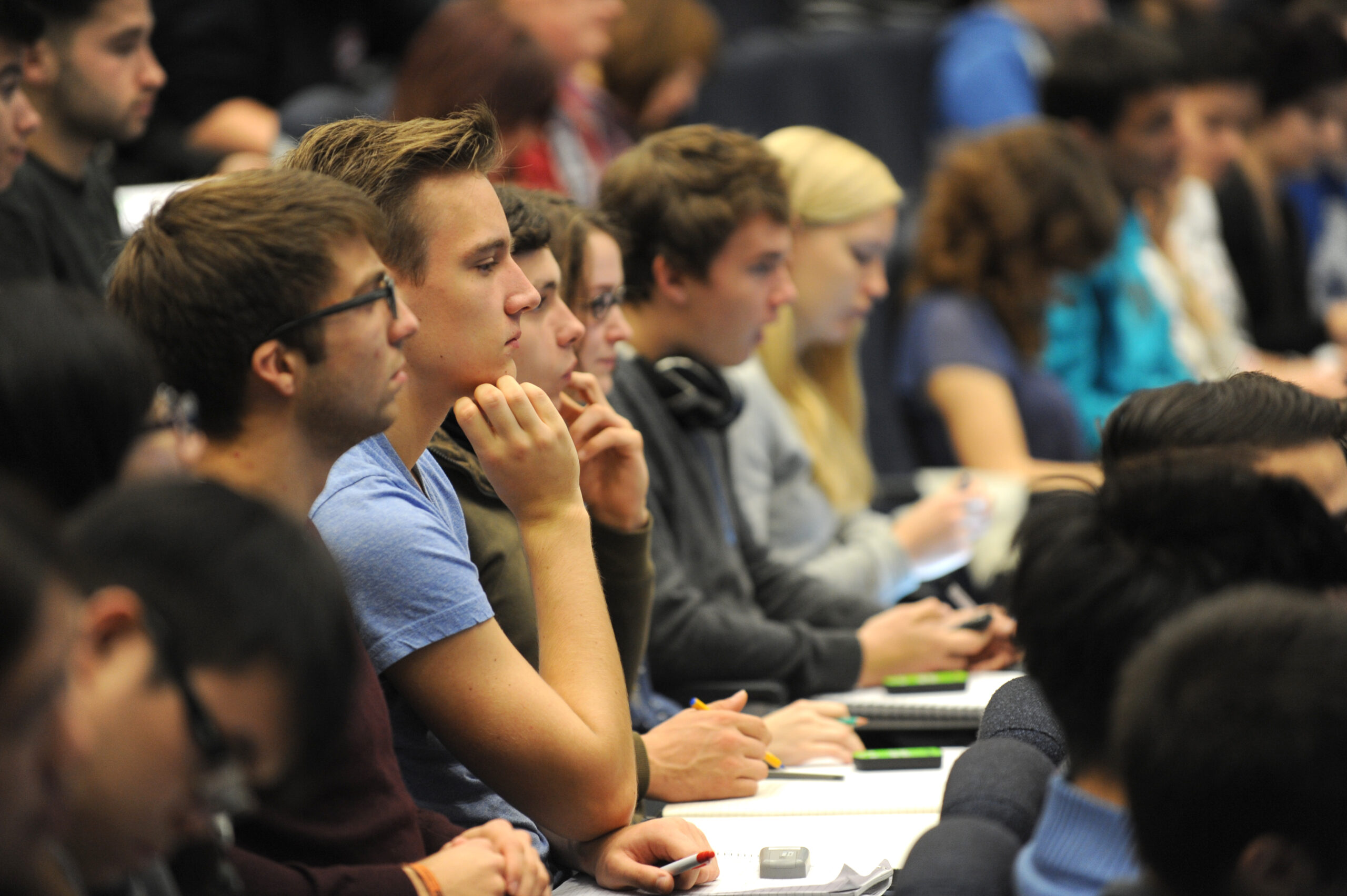
“Thinking is not driven by answers but by questions. Answers signal a full stop to thought.” Foundation for Critical Thinking
In the face of this apparent truth, it is alarming to consider the 50 minute monologue delivery of facts that often constitutes the traditional science lecture. If one accepts the premise of the quote, it seems that this cherished teaching style is ideally situated to simply shutting down thought. It is reassuring, therefore, to note the current widespread interest in active learning methods in STEM Higher Education.
The flipped classroom is not without its own problems- notably that while students are clearly required to think during peer instruction, they are considering someone else’s questions which do not necessarily address their own interests, knowledge gaps and misconceptions. This is ironic because this is precisely what they must consider in order to meaningfully construct the new knowledge into their own understanding of the topic. Other concerns include the loss of lecturing as a means for modeling discipline-specific language and thinking, and the danger that student preparation is incomplete or absent, perhaps because cognitive overload is simply moved from the lecture slot to the preparation phase.
Quectures are flipped lectures. with two design alterations that address some of the problems First, the knowledge content is divided between provision before and during the lecture, reducing the task of preparation and allowing for the introduction of more difficult concepts during traditional lecturing. Second, (and crucially) students are invited to formulate and discuss their own questions relevant to each learning objective, by being asked to “think, type, then talk” at set points during the lecture. This mimics the peer instruction technique yet, using a text entry personal response system, allows for discussion and re-visiting of the students’ own questions during and between lectures.
Recently, during a large second year genetics quecture, students fed back that they strongly favoured quectures, over traditional or flipped delivery. Course questionnaire feedback (including those not present during the session) was less enthusiastic. Clearly lack of engagement or even surface engagement in this type of learning simply doesn’t work. Setting engagement issues aside, there was also some understandable discomfort over the challenge of engaging with ones’ own question and, unusually, being asked to do this during the lecture slot. Worthwhile learning is rarely comfortable. However, 73% of students present did acknowledge that asking their own quecture questions helped their learning either “a little”, “more than a little” or “a lot”.
I believe that the benefits of quecture questions will not be easily measured as the intervention is expected to provide a slow-burn effect on student thinking. I also take encouragement from this student feedback quote which explains that the quecture was
“very helpful and I feel that it has greatly improved my capability of asking questions around the lecture material, that will in the long run help me to grasp the material a lot better.”
Exactly so.



